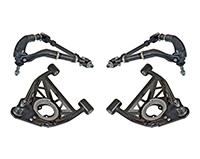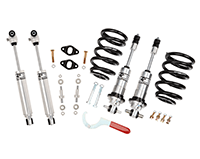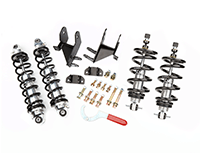The Ford Maverick Grabber: Capturing the Spirit of the 1970s Youth Market
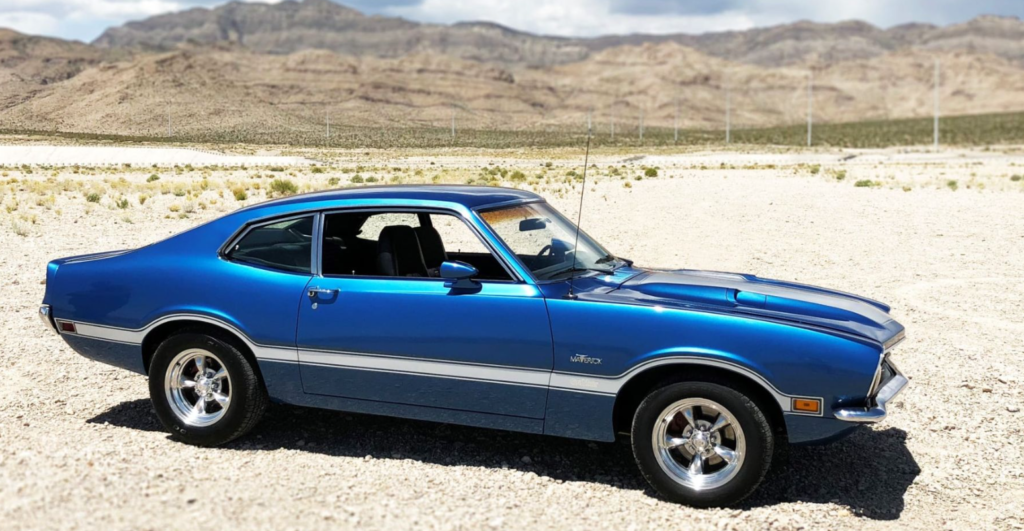
By the late 1960s, the Ford Falcon had lost its edge, appearing outdated and stodgy to the emerging youth market. As a response, Ford introduced the Maverick in the 1970 model year to capture the attention of younger buyers eager for something fresh and stylish. The Ford Maverick replaced the Falcon, which saw its final production run in 1969.

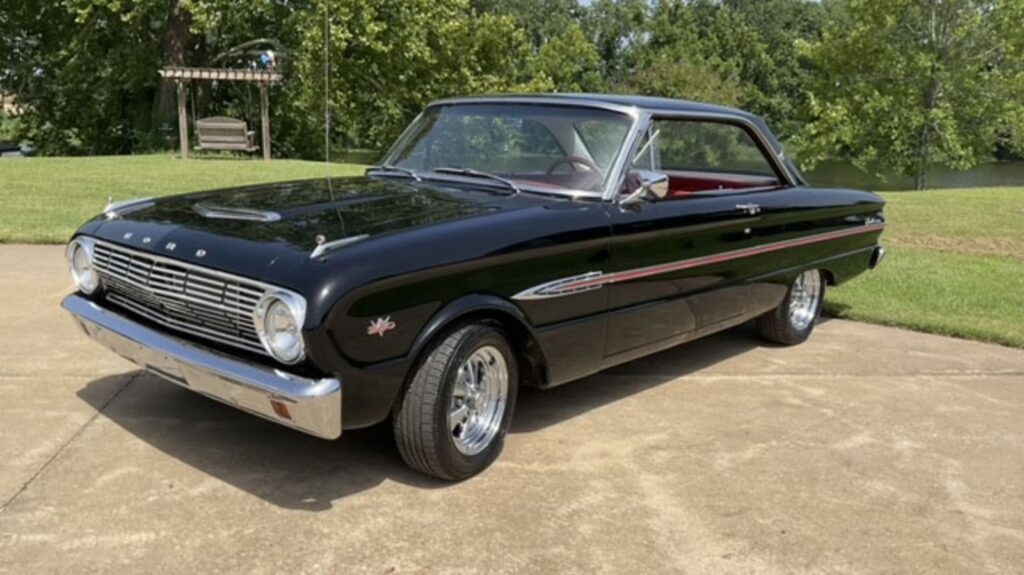
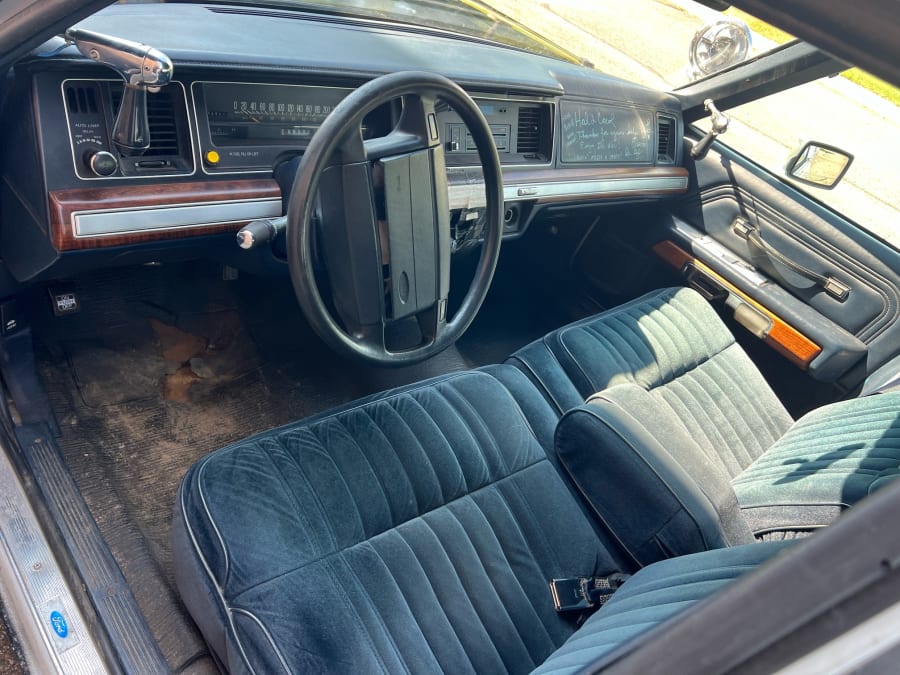
Design and Engineering
While based on the Falcon platform, Ford designed the Maverick smaller in every dimension. This compact size appealed to younger drivers who desired a sportier, more manageable vehicle. The major suspension components were largely carried over from the Falcon, but Ford made significant adjustments. The suspension was re-tuned with different shocks and settings to improve handling and responsiveness, offering a more engaging driving experience than the Falcon.
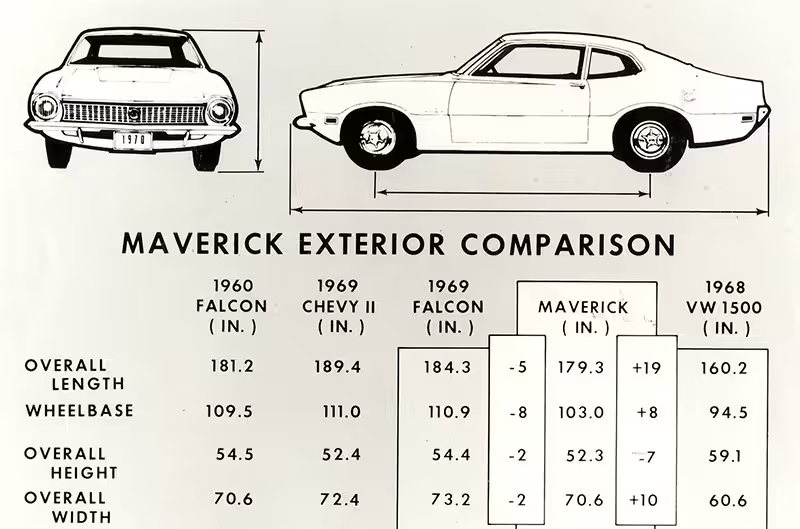
Styling and Features
The most noticeable difference between the Falcon and the Maverick was their styling. The Falcon had a boxy, utilitarian look, whereas the Maverick adopted a sleek, fastback style in its two-door variant. This modern, aerodynamic design was a deliberate move to project a sportier image and attract younger buyers.
The Maverick’s initial engine offering was a 170 cu in (2.8 L) straight-six, which was modest in power but economical. Over the years, Ford expanded the engine options to include a 200 cu in (3.3 L) I6 and a more powerful 302 cu in (4.9 L) V8, introduced in 1971. These options allowed buyers to choose between economy and performance, broadening the Maverick’s appeal.
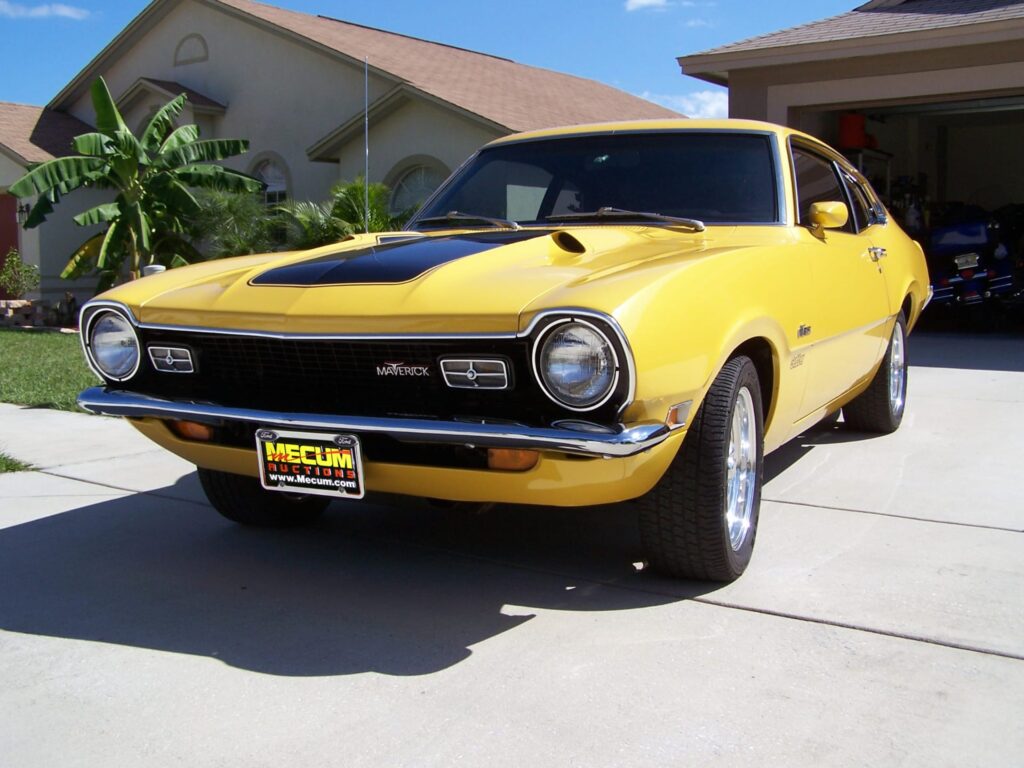

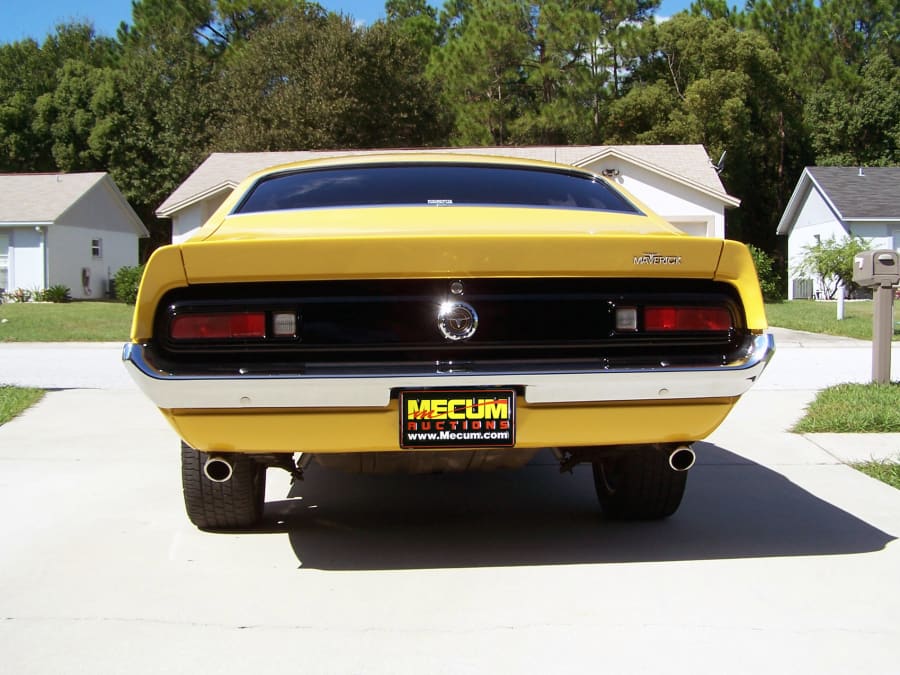
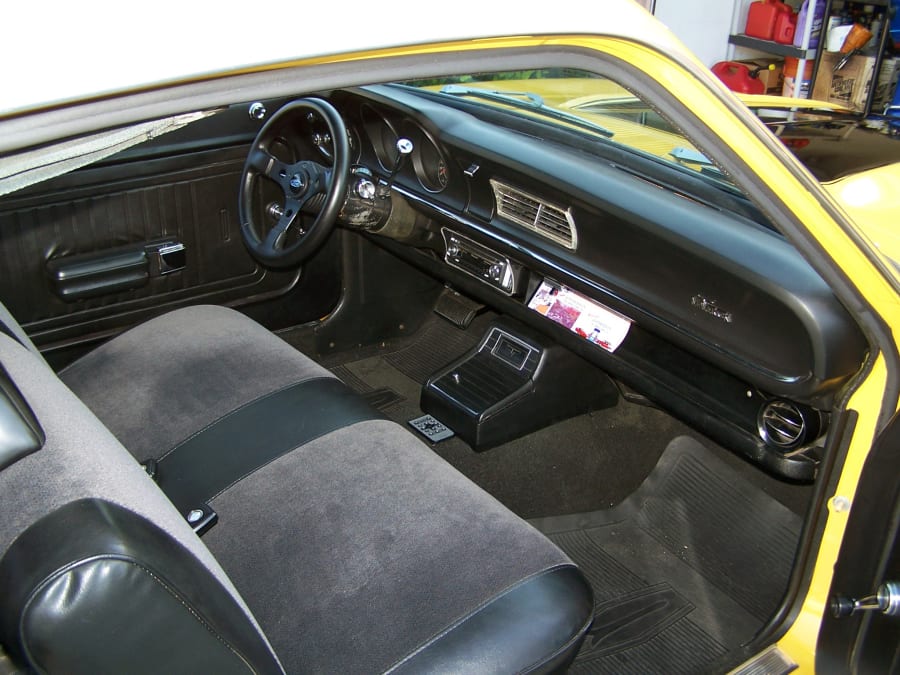
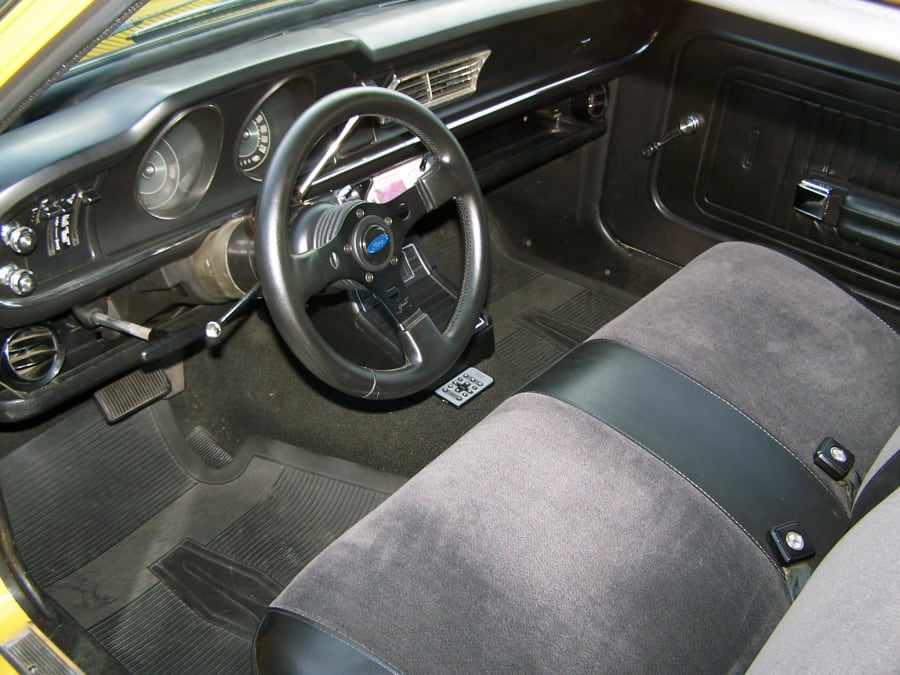
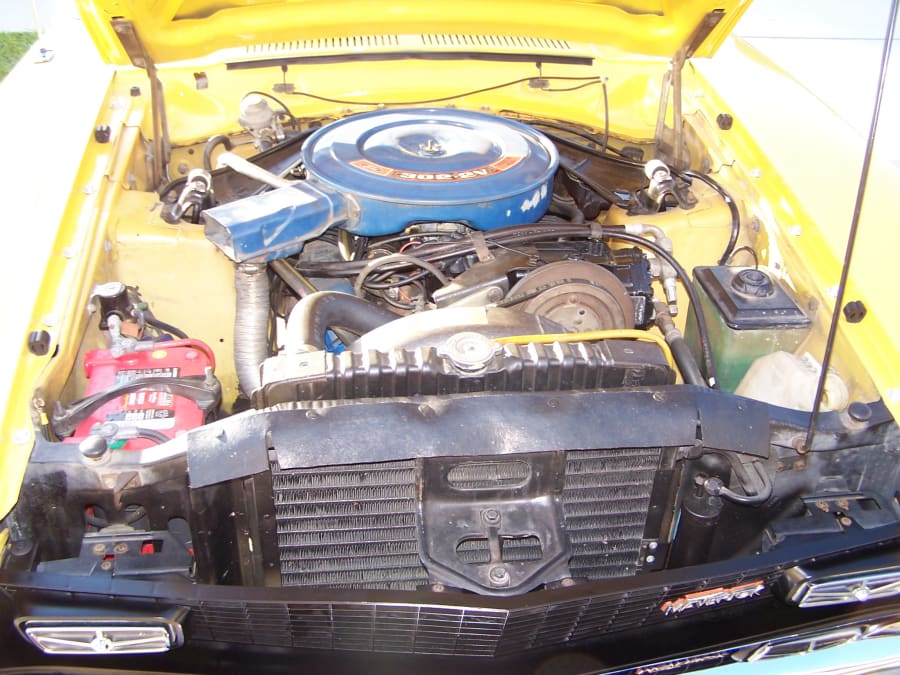

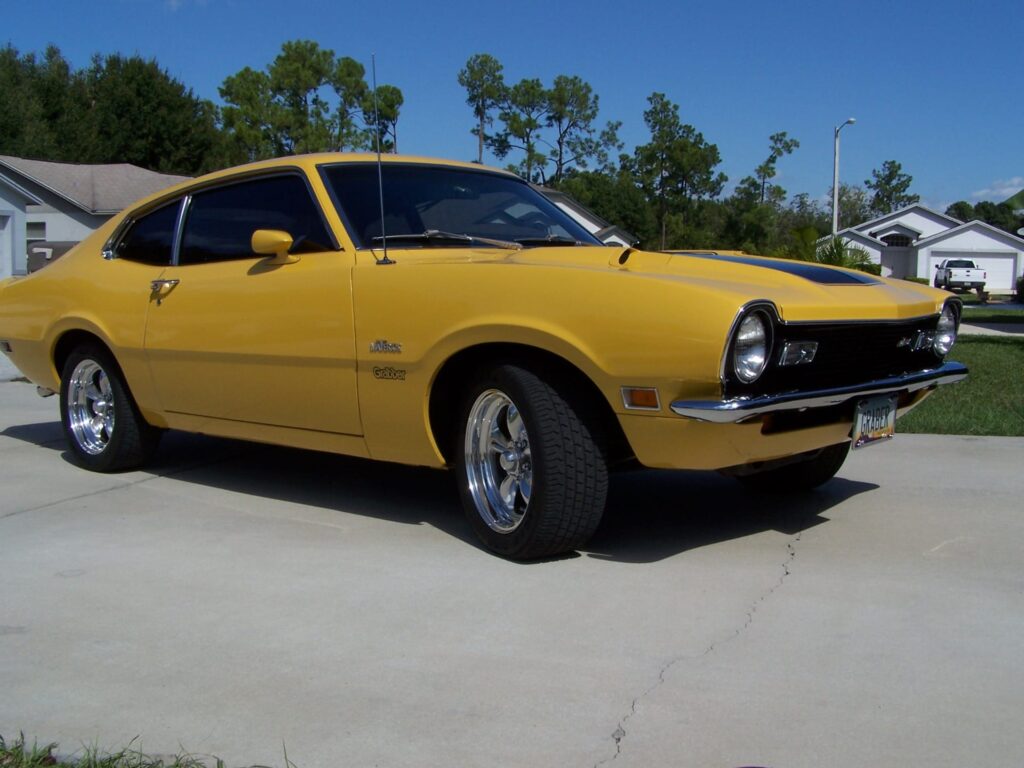
Market Position and Success
Priced at a competitive $1,995 (about $15K today), Ford positioned the Maverick as an affordable option for younger, budget-conscious buyers, directly challenging imports from Datsun, Toyota and Volkswagen. Ford’s marketing strategy included comparisons with the Volkswagen 1500 to highlight the Maverick’s value proposition. The Maverick also competed with domestic models like the Chevrolet Nova, AMC Hornet, and Dodge Dart, popular in the compact segment during that era.
Despite its initial success, the Maverick’s popularity declined by the mid-1970s. The model’s production continued until 1977 when the Ford Fairmont replaced it. The Fairmont, one of the first cars built on Ford’s new Fox platform, marked the beginning of a new era. This platform was later adapted for the 1979-1993 Mustang, completing a circle of design evolution.
The Grabber Package
One of the most captivating aspects of the Maverick was the optional Grabber package, introduced in mid-1970. With its larger tires, distinctive graphics, spoiler, and unique trim, this package transformed the Maverick’s appearance, making it look sportier. In 1971 and 1972, the Grabber models featured a unique dual scoop hood, which became a hallmark of this trim.
The Grabber package was available until 1975 and gained a following among enthusiasts, primarily for those featuring the 302 cu V8 engine. Collectors particularly seek them out due to their rarity and untapped performance capabilities.
Modifying the Maverick
The earlier models (1970-1972) are often the best choice when considering a Ford Maverick for modification. These years precede the introduction of the heavy, bulky 5 MPH bumpers mandated by federal regulations in 1974, which added unwanted weight and altered the vehicle’s aesthetics. The lighter, sleeker design of the pre-1974 models makes them ideal for performance upgrades and customization.
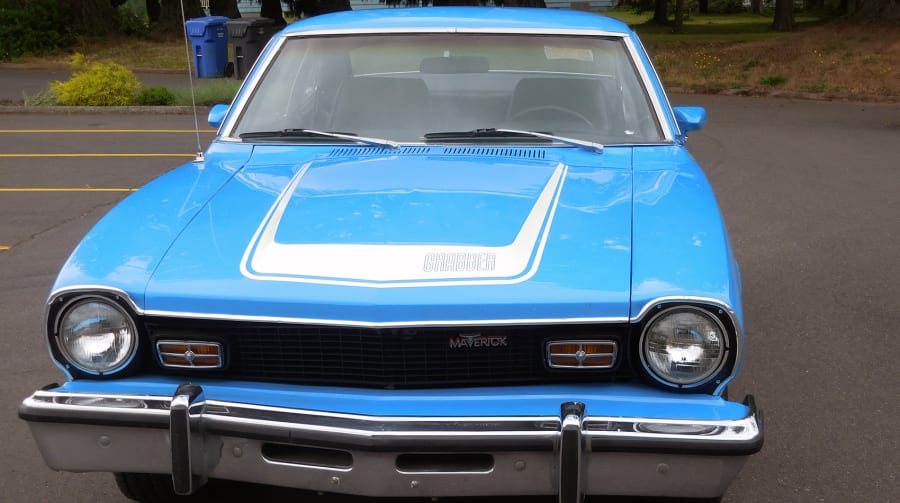
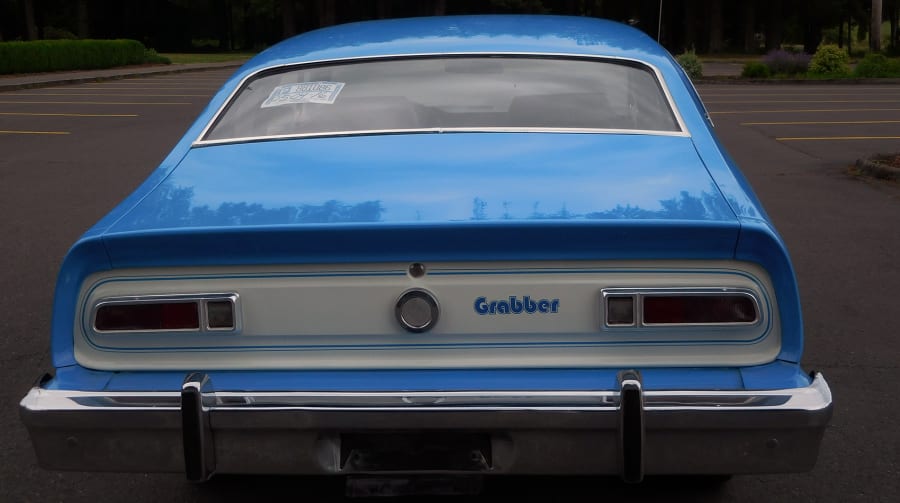
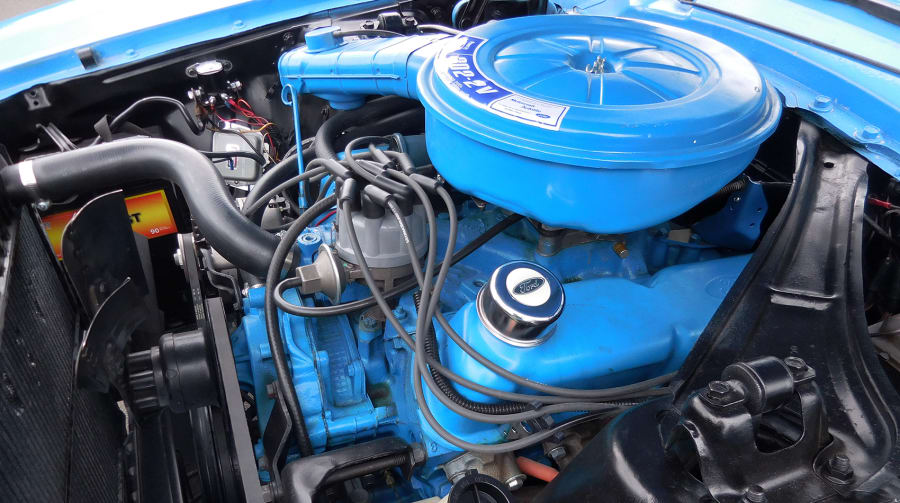
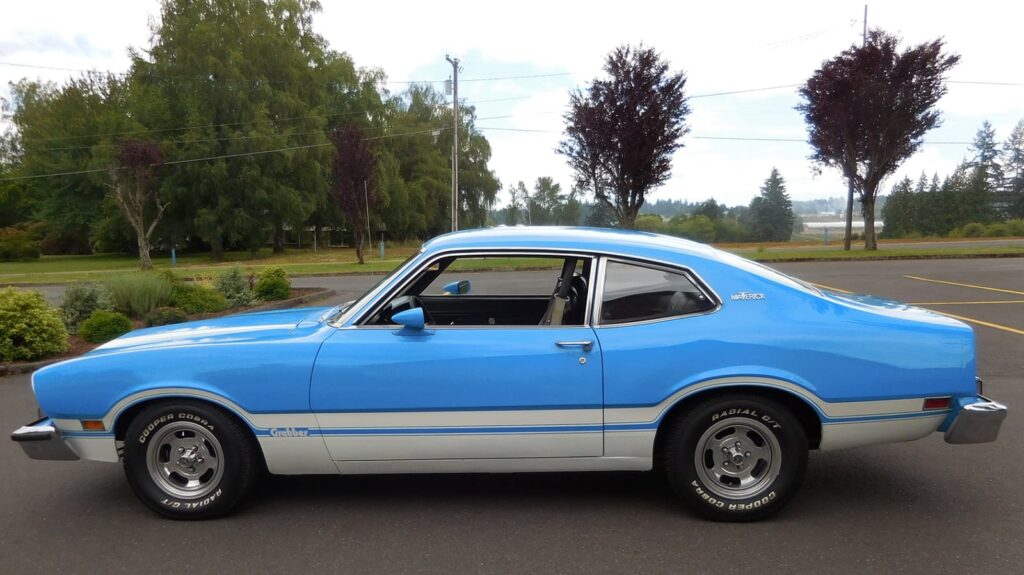
Starting with a Grabber (or not)
A pristine Ford Grabber model, with its unique styling features, serves as an excellent foundation for modification. However, due to their limited production and the passage of time, Grabber models in good condition are rare and highly sought after by collectors. Instead, owners can upgrade a standard Maverick to Grabber graphics for less than $200.
One of the Maverick’s advantages is the structural similarity between the inline-six and V8-powered cars. This means swapping in a more powerful Ford small block V8 is straightforward. However, owners must address areas like transmission, cooling, motor mounts and other details.
Given the extensive literature and resources available on building and tuning Ford small block engines, we’ll leave it there and focus on under the car.
Brake Upgrades
Improving the braking system is a crucial step in any modification project. Wilwood offers affordable brake upgrade kits that significantly enhance stopping power and performance. These kits include high-performance rotors, calipers, and brake pads, significantly improving the stock (drum, in early models) braking system.
Rear Axle and Differential Upgrades
Depending on the power output, upgrading the rear axle and differential may be necessary. The 8-inch rear end is a common upgrade for strength and durability. Consider changing the rear axle ratio to a performance-oriented ring and pinion set to enhance acceleration and handling.
Adding a limited-slip differential (LSD) ensures power is evenly distributed between the rear wheels, improving traction and stability during aggressive driving. For authenticity, a Ford Traction-Lok differential is an excellent choice, though many aftermarket options are available.
Suspension Upgrades
Upgrading the suspension system is essential for improved handling and ride quality. Aldan American offers coilover shocks and springs designed specifically for the Maverick, providing adjustable front ride height and damping settings. Both single- and double-adjustable coilovers and rear shocks are available in the package. This adjustability allows for a customized suspension setup tailored to the driver’s preferences and intended use, whether for street driving, drag racing, or autocross.
To complete the coilover front suspension, consider upgrading to aftermarket control arms, which allow for camber adjustment, an essential aspect of suspension tuning.
Additional suspension upgrades, such as stiffer anti-roll bars, upgraded rear springs and firmer polyurethane suspension bushings, can complement the coilover system and enhance the Maverick’s performance.
Legacy and Conclusion
The Ford Maverick bridged the gap between the Falcon and the era of Fox platform vehicles, offering a stylish, affordable compact car that resonated with a younger demographic. The Grabber package, in particular, remains a highlight of the Maverick’s history, a testament to Ford’s efforts to appeal to younger, more performance-oriented buyers.

